
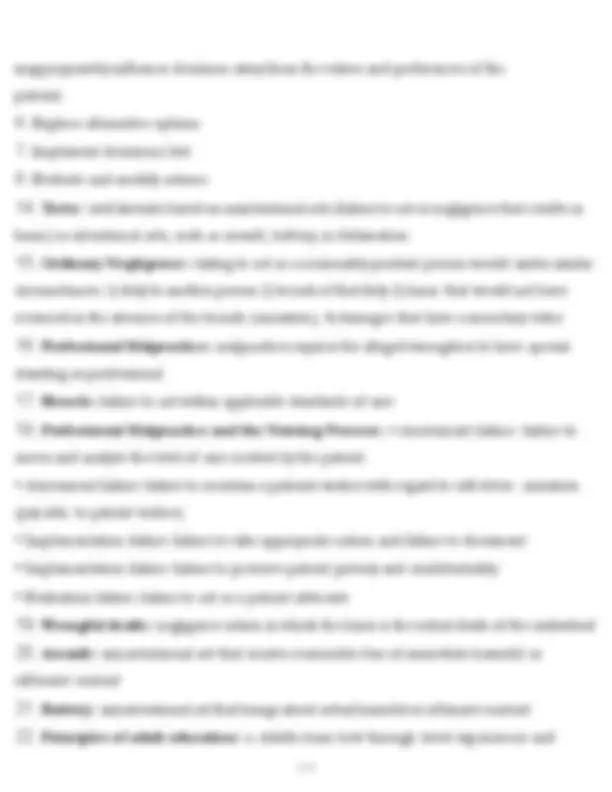
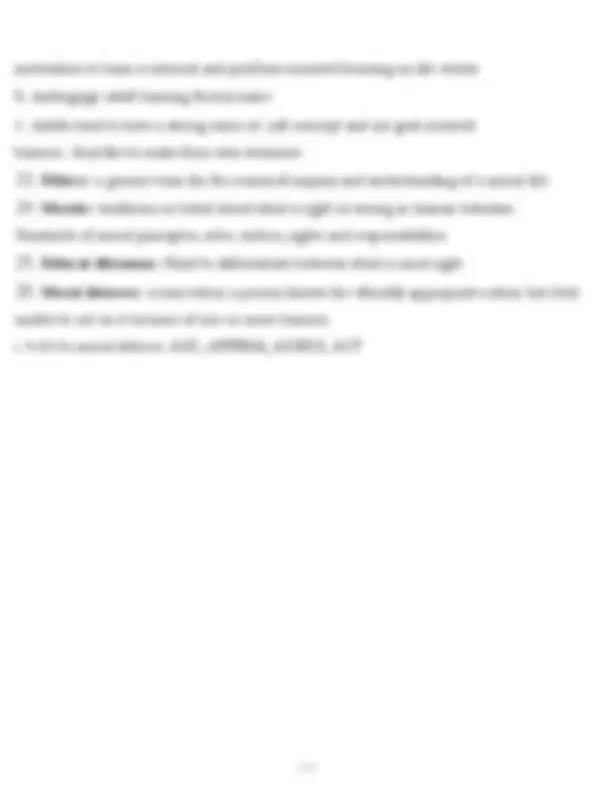
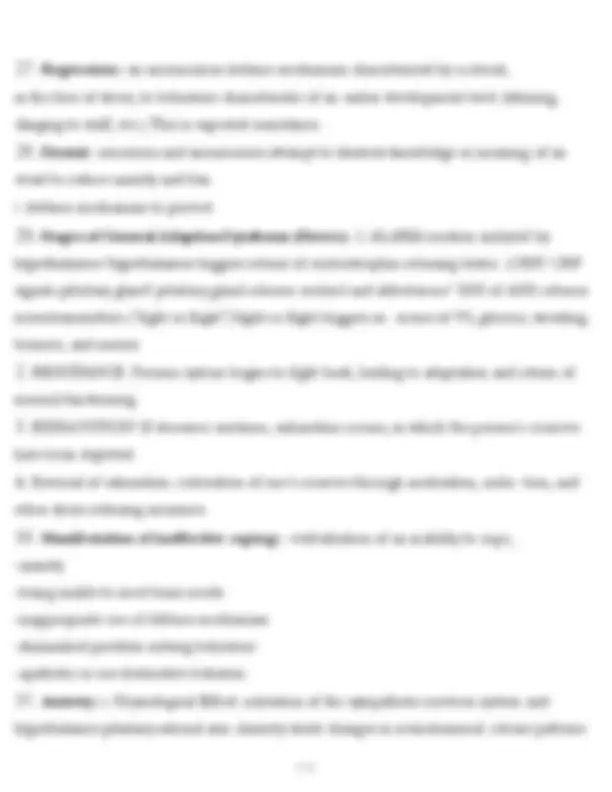
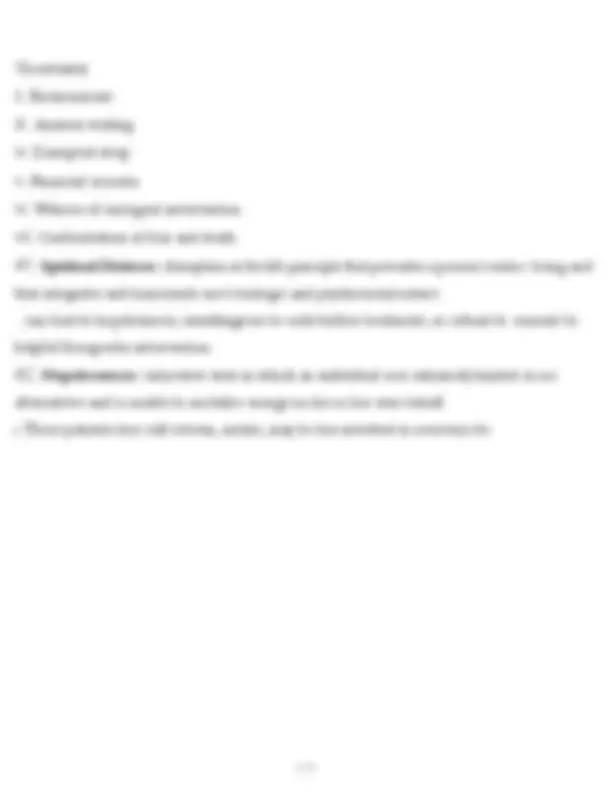
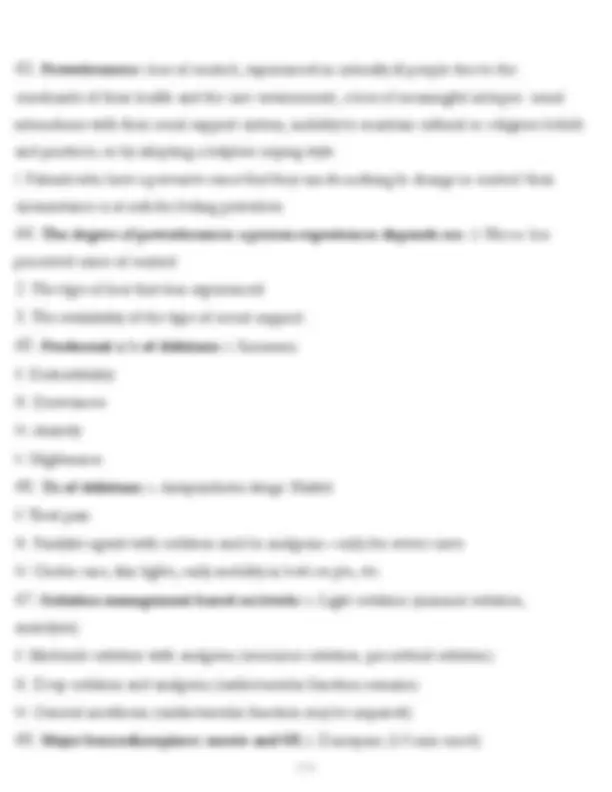
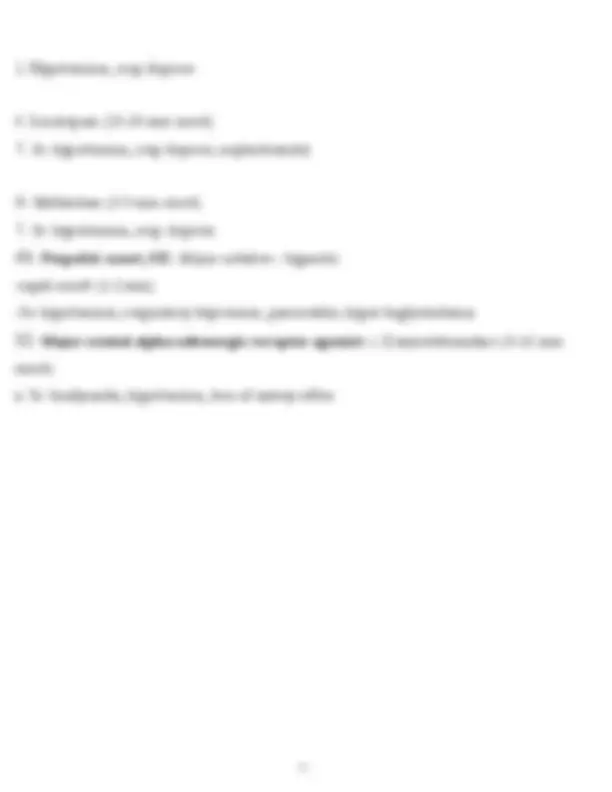
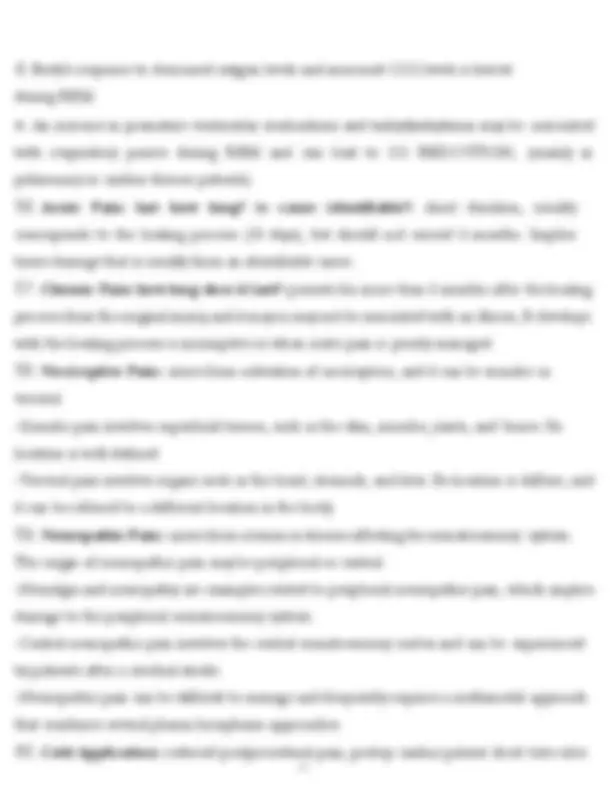
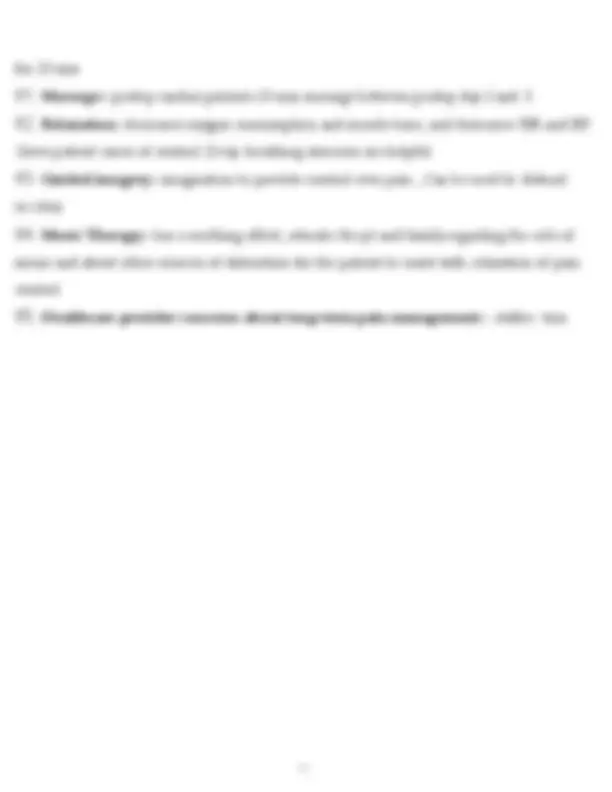
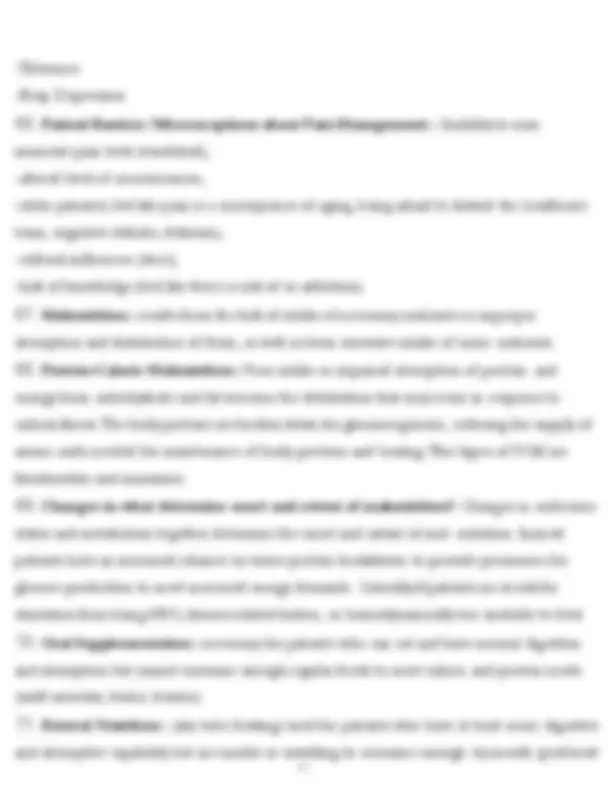
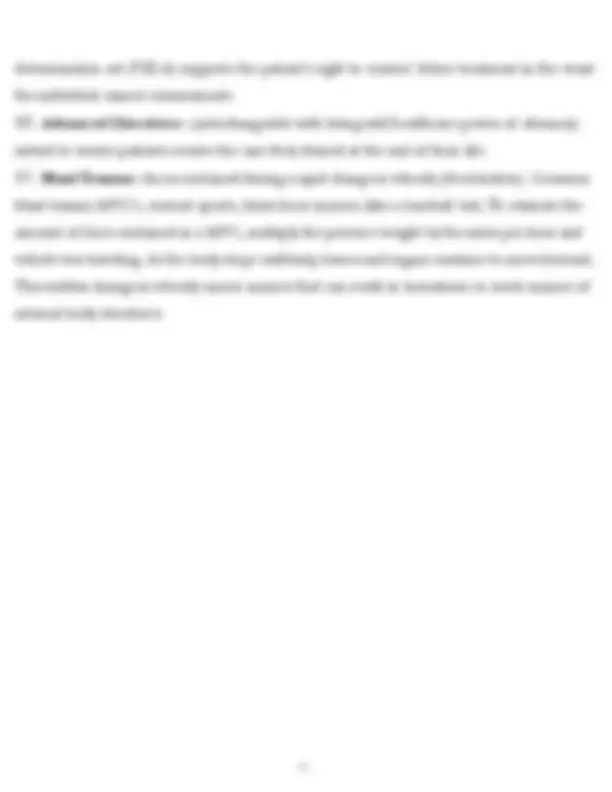
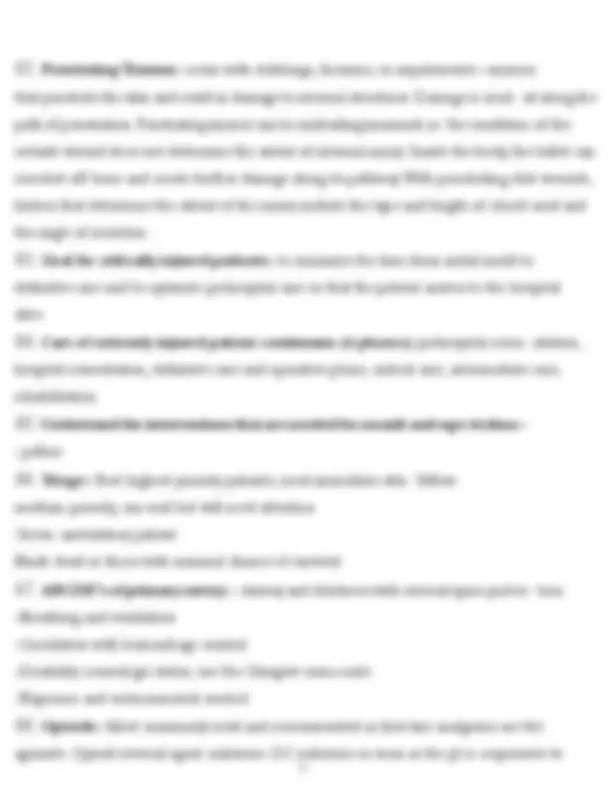
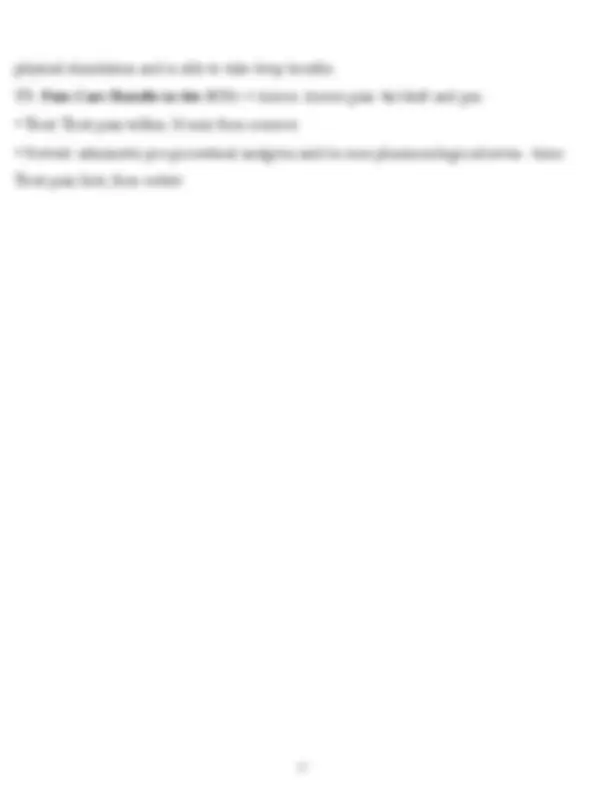


Study with the several resources on Docsity

Earn points by helping other students or get them with a premium plan


Prepare for your exams
Study with the several resources on Docsity

Earn points to download
Earn points by helping other students or get them with a premium plan
Community
Ask the community for help and clear up your study doubts
Discover the best universities in your country according to Docsity users
Free resources
Download our free guides on studying techniques, anxiety management strategies, and thesis advice from Docsity tutors
A comprehensive set of review questions and answers for nur 406 exam 1, covering essential topics in nursing practice. It delves into key concepts such as nursing standards, algorithms, practice guidelines, protocols, and the nursing process. The document also explores ethical considerations in nursing, including principles like beneficence, non-maleficence, veracity, and justice. Additionally, it examines stress management, coping mechanisms, and communication strategies relevant to critical care nursing. This resource is valuable for nursing students preparing for their nur 406 exam.
Typology: Exams
1 / 20

This page cannot be seen from the preview
Don't miss anything!













the patient, often in a delicate balance.
motivation to learn is internal and problem-oriented focusing on life events. b. Andragogy: adult learning theory name
c. Adults tend to have a strong sense of: self concept and are goal oriented learners...they like to make their own decisions.
ii. Women, patients with minimal social support, and those with longer CCU lengths of stay are at higher risk for developing anxiety iii. ALSO, pain triggers anxiety, and increased anxiety intensifies pain.
v. Interpreter vi. Use of touch
Uncertainty ii. Environment iii. Anxious waiting iv. Disrupted sleep
v. Financial concern vi. Witness of emergent intervention vii. Confrontation of fear and death
ii. Lorazepam (15-20 min onset)
iii. Midazolam (2-5 min onset)
i. May stem from psychological stress associated with critical illness and the environ- ment, surgical stress, noise, interruptions for care, painful procedures or physiologic processes, excessive bright light, and muscular and joint discomfort resulting from bed rest. ii. May delay recovery
iii. Intensification of pain related to sleep disturbance is a significant problem in acutely and critically ill patients. (this is because during sleep somatastatin is released, without this substance, pain is experienced)
d. Body's response to decreased oxygen levels and increased CO2 levels is lowest during REM.
e. An increase in premature ventricular contractions and tachydysrhytmias may be associated with respiratory pauses during REM and can lead to O2 REDCUTION, (mainly in pulmonary or cardiac disease patients)
for 20 min
over TPN). Must have gastric motility and ability to digest.
physical stimulation and is able to take deep breaths.